A rebreather must pass exhaled gas through a scrubber to remove the CO2. The consequence of this is that the gas flow must be directed in a certain direction. Only on a pendulum breathing apparatus will the gas pass through the scrubber in a pendulum fashion, following the diver’s natural breathing pattern. On exhalation, the gas leaves the body and passes through the scrubber. The reverse occurs on inhalation from a pendulum system.
For a system with a separate inhale and exhale lung, the gas flow direction is not obvious. If a mouthpiece is connected to two hoses, the gas on exhalation will be distributed over the inhale and exhale lungs. This is, of course, not the intention. Therefore, directional valves are used in these mouthpieces or tubes. The valves allow fresh gas from the inhale lung to enter the inhale lung. The valves also ensure that the CO2-rich gas which is exhaled ends up in the exhaled counter-lung. Because the system forms a closed circuit, inhalation will move the gas in one direction through the respiratory system. The exhaled gas in the exhaled counter-lung will be sucked through the scrubber where it will be cleaned of CO2. The gas is then enriched with nitrox or oxygen and is ready for the diver’s next breath in the inhale lung.
There is also the wish to be able to close a mouthpiece to prevent the circuit from filling up with water. It must be possible to close the mouthpiece both under and above water. Closing the mouthpiece will isolate the breathing circuit from the environment. We apply this underwater, for example, when switching to an open-circuit breathing system (Bailout). When the rebreather breathing circuit is closed it cannot fill up with water. Such a mechanism is also called DSV valve, translated Divers Surface Valve. As soon as the diver surfaces in calm water he can close the mouthpiece and take it out.
Directional valves used to be made of mika, nowadays of rubber or plastic. The closing mechanism (DSV) is an extremely important part of a rebreather and requires special attention in maintenance. A shut-off valve should be easy to operate and should not require too much force to operate. In case of an emergency situation where the rebreather must be released as soon as possible, the valve must operate without problems. Maintenance is therefore essential as the mouthpiece is exposed to dirty sand and saliva from the diver.
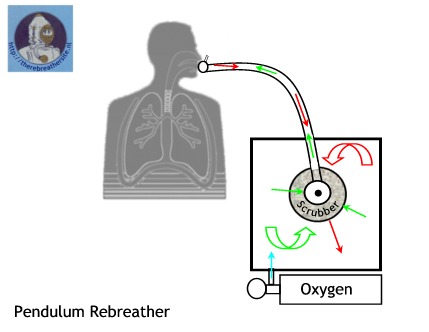
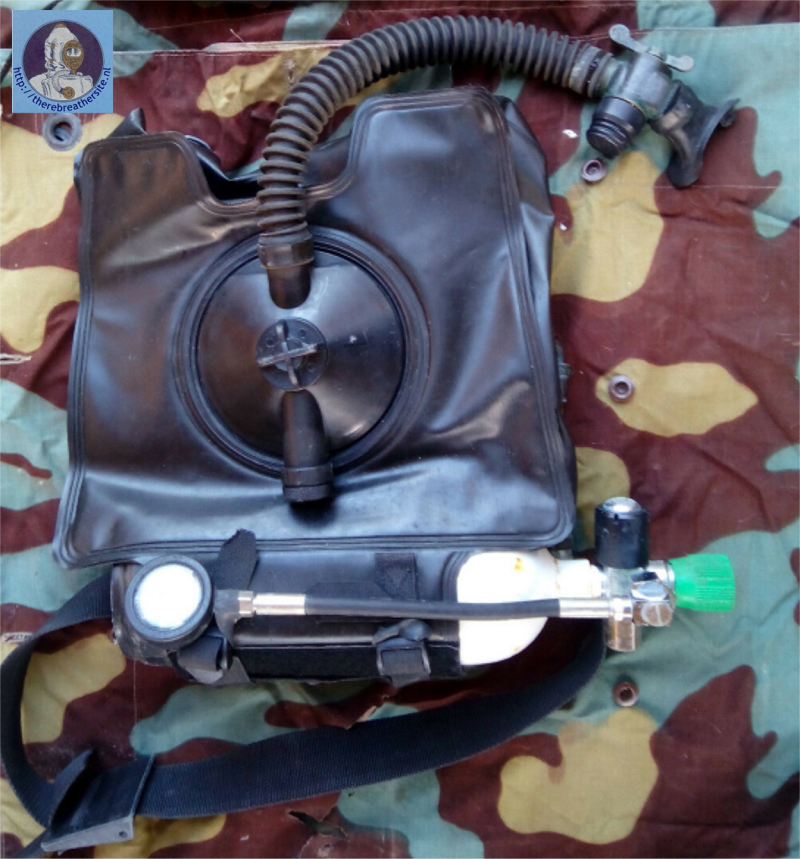
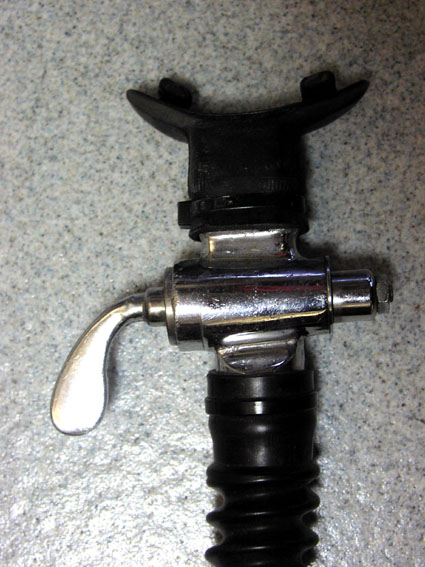
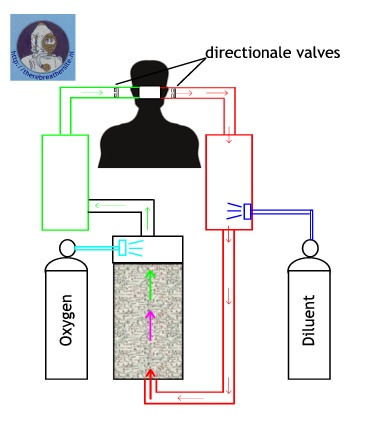
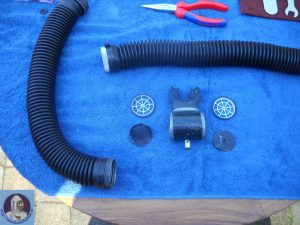
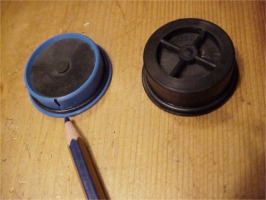
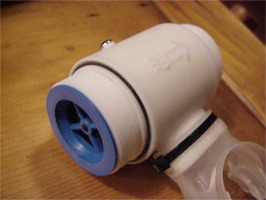
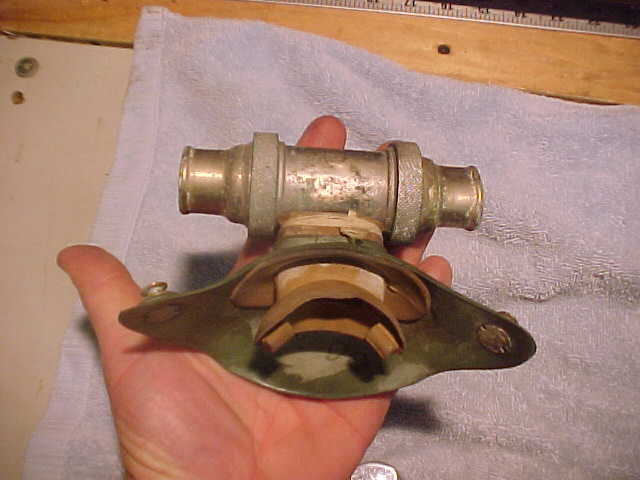

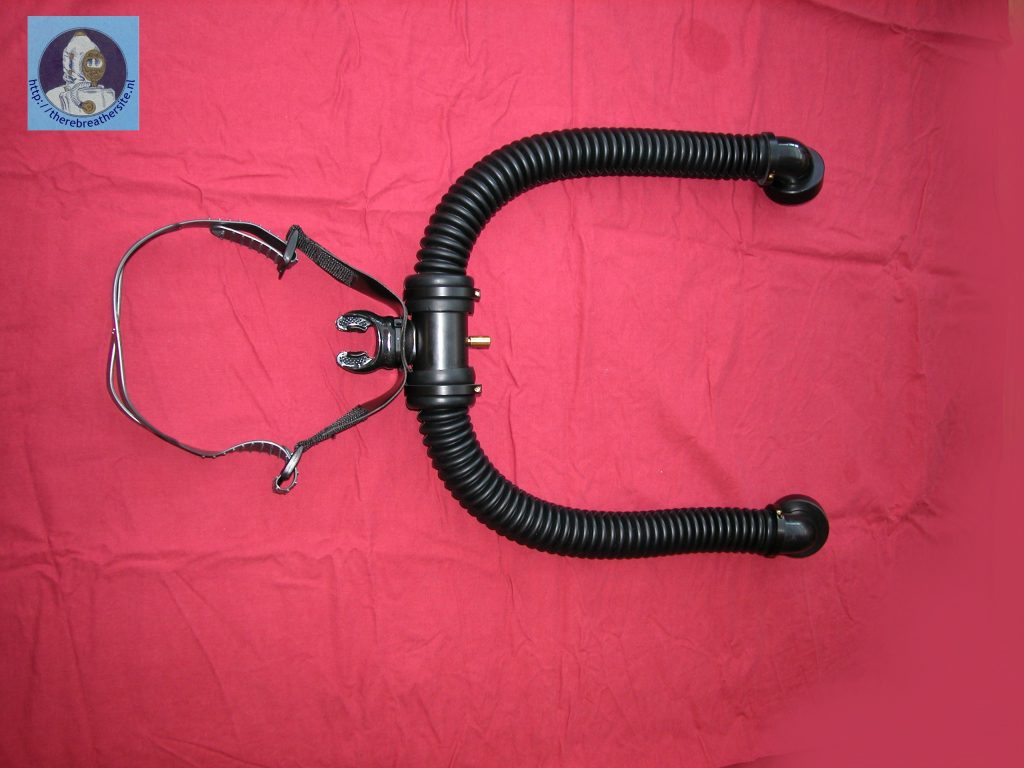
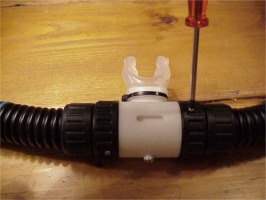

Therebreathersite was founded by Jan Willem Bech in 1999. After a diving career of many years, he decided to start technical diving in 1999. He immediately noticed that at that time there was almost no website that contained the history of closed breathing systems. The start for the website led to a huge collection that offered about 1,300 pages of information until 2019. In 2019, a fresh start was made with the website now freely available online for everyone. Therebreathersite is a source of information for divers, researchers, technicians and students. I hope you enjoy browsing the content!
